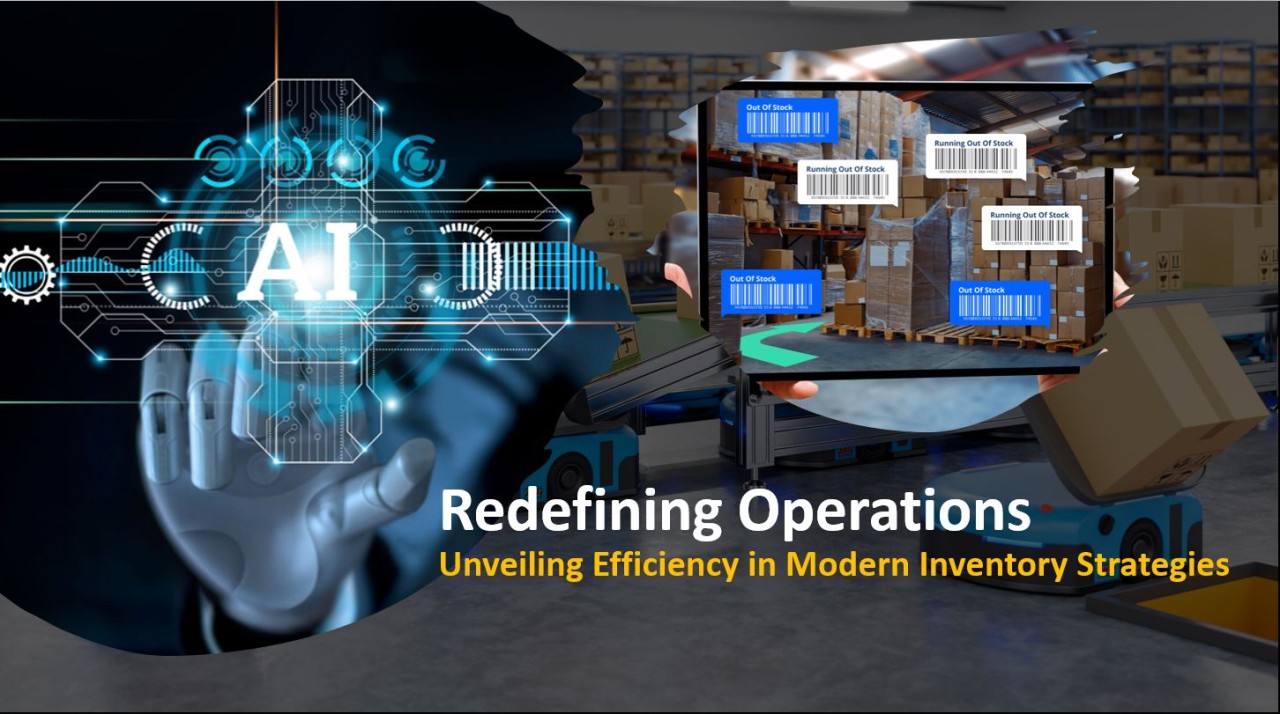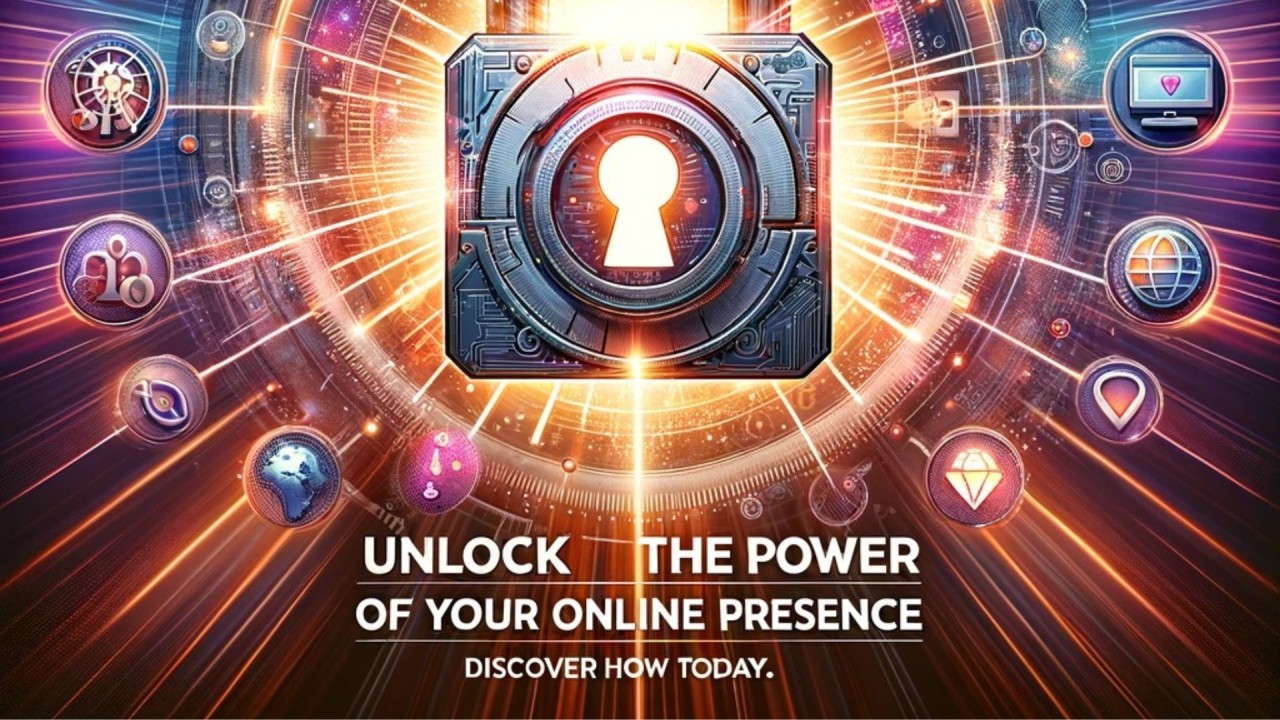Here we dissect the need to implement certain technologies for social media app development; let us understand what we can expect!
These days artificial intelligence (as an umbrella term for all audacious technologies for social media development in 2023) can create social media posts for you. You give it the hints and it will target just the right audience, check the market, and give you a long list with accurate predictions for upcoming trends. It can automate monitoring and provide incredible results in less than half a time, in comparison to what you can do with your hands. AI isn’t just a buzzword. It can bring surreal results and can even trick social media managers with its abilities. If you have studied the basics, you can leverage it to step up your business, increase efficiency and reduce costs at your company. Off course the performance will not skyrocket suddenly, but it definitely adds more value and increases engagement. Let’s start by understanding the advantages of social media app development:
Benefits of Social Media App Development
Social media app development can provide several benefits, including:
- Increased user engagement: Social media apps can provide users with an engaging and interactive experience, allowing them to connect with friends and family, discover new content, and participate in communities.
- Enhanced brand awareness and marketing: Social media apps provide businesses with a platform to engage with customers and promote their brand. Social media marketing campaigns can be highly targeted and effective, with the ability to reach a large audience at a low cost.
- Improved customer support: Social media apps can provide businesses with a channel to offer customer support and assistance. Chatbots and other AI-powered tools can help to automate customer support, reducing response times and improving customer satisfaction.
- Data collection and analysis: Social media apps can collect valuable user data, including demographic information, behavior patterns, and preferences. This data can be analyzed to gain insights into user behavior and improve the app’s functionality and user experience.
- Revenue generation: Social media apps can generate revenue through advertising, in-app purchases, and subscription models. A successful social media app can generate significant revenue, making it a lucrative investment opportunity.
Why to prefer some technology for social media app development?
When developing a social media app, there are several factors to consider when deciding which technologies to use. Here are some points to consider as you choose technologies for social media app development:
- Scalability: Social media apps can experience explosive growth, so it’s important to choose technologies that can scale as the user base grows. For example, cloud-based technologies like Amazon Web Services or Google Cloud can provide the necessary resources to scale as needed.
- User experience: Social media apps need to offer a smooth and engaging user experience to keep users coming back. Technologies like AI, VR, and AR can enhance the user experience and make the app more engaging.
- Security: Social media apps handle a lot of sensitive user data, so it’s important to choose technologies that can ensure the security of that data. Blockchain technology, for example, can help to create a more secure and transparent platform.
- Integration with other platforms: Social media apps need to be able to integrate with other platforms to enable sharing and social interactions. Technologies like APIs (Application Programming Interfaces) and SDKs (Software Development Kits) can help to enable these integrations.
- Cost and development time: Finally, cost and development time are important considerations when choosing technologies for social media app development. Some technologies may be more expensive or take longer to develop, so it’s important to consider these factors in relation to the app’s goals and budget.
The choice of technologies for social media app development will depend on a variety of factors, including the app’s goals, user needs, and budget.
Which technologies should you prefer for social media app development?
There are several technologies driving the future of social media. Here are some of the most significant:
Artificial Intelligence (AI): AI is being used to personalize the user experience on social media by analyzing user behavior and preferences. AI-powered chatbots are also being used to provide customer support and assistance. Artificial intelligence (AI) is a technology that allows machines to learn from data and perform tasks that would normally require human intelligence, such as speech recognition, image recognition, and natural language processing. Social media apps can leverage AI to create more personalized and engaging experiences for their users. Here are some ways AI can be used in social media app development:
- Content recommendation: AI can be used to analyze user behavior and preferences, and recommend relevant content such as posts, articles, and videos. This feature is already widely used by social media apps such as Facebook and Twitter, which use machine learning algorithms to curate users’ news feeds.
- Chatbots and virtual assistants: AI can be used to create chatbots and virtual assistants that can handle customer service inquiries, provide personalized recommendations, and answer frequently asked questions. This feature can be integrated into messaging and social media apps, allowing users to interact with businesses and brands in a more efficient and personalized way.
- Image and video recognition: AI can be used to analyze and categorize images and videos, making it easier for users to search and discover content. This feature can be integrated into social media apps such as Instagram and Pinterest, which rely heavily on visual content.
- Sentiment analysis: AI can be used to analyze user sentiment and detect patterns in user behavior, such as which posts and comments are generating the most engagement. This feature can help social media apps optimize their content and marketing strategies.
- Personalization: AI can be used to create personalized experiences for users, such as recommending products, services, and content based on their interests and preferences. This feature can help social media apps increase user engagement and retention.
Virtual Reality (VR): VR is becoming more prevalent in social media, with platforms like Facebook and Instagram introducing VR features that allow users to interact with content in a more immersive way. Virtual reality (VR) is a technology that creates a simulated environment that can be experienced through a headset or other devices, providing users with an immersive and interactive experience. Social media apps can leverage VR to create more engaging and interactive experiences for their users. Here are some ways VR can be used in social media app development:
- Virtual events: VR can be used to create virtual events that allow users to attend concerts, festivals, and other social gatherings from the comfort of their own homes. This feature has become increasingly popular during the COVID-19 pandemic, as people have been forced to stay indoors and avoid large gatherings.
- Virtual hangouts: VR can be used to create virtual environments where users can hang out with friends and socialize in a simulated space. This feature can be integrated into messaging and social media apps, allowing users to interact with each other in a more immersive and interactive way.
- Virtual tourism: VR can be used to create virtual tours of tourist destinations, allowing users to explore and experience new places without leaving their homes. This feature can be integrated into travel and social media apps, providing users with a more immersive and interactive travel experience.
- Virtual training: VR can be used to create virtual training programs for various industries, such as healthcare, aviation, and engineering. This feature can be integrated into educational and social media apps, providing users with a more interactive and immersive learning experience.
- Virtual shopping: VR can be used to create virtual shopping experiences, allowing users to browse and purchase products in a simulated environment. This feature can be integrated into e-commerce and social media apps, making it easier for users to shop online and visualize products in a more immersive way.
Augmented Reality (AR): Augmented reality (AR) is also being used to enhance the user experience on social media. Snapchat, for example, uses AR filters to add animations and special effects to photos and videos. It is a technology that superimposes computer-generated images, animations, or other digital content onto the real world, allowing users to interact with the virtual content as if it were part of their physical environment. Social media apps can leverage AR to create more engaging and interactive experiences for their users. Here are some ways AR can be used in social media app development:
- Filters and lenses: AR filters and lenses allow users to modify their selfies and videos in real-time, adding virtual makeup, hairstyles, costumes, and other visual effects. This feature has been popularized by Snapchat and Instagram, but other social media apps are also incorporating AR filters and lenses.
- Virtual try-on: AR can be used to create virtual try-on experiences for fashion and beauty products, allowing users to see how clothes, makeup, and accessories would look on them before making a purchase. This feature can be integrated into e-commerce and social media apps, making it easier for users to shop online.
- AR games and challenges: Social media apps can use AR to create games and challenges that blend virtual and real-world elements. For example, a scavenger hunt game can use AR markers to guide users to different locations where they need to complete challenges to win prizes.
- Location-based AR experiences: AR can be used to create location-based experiences that overlay virtual content onto real-world landmarks and objects. This feature can be used to create virtual tours, scavenger hunts, or interactive guides that enhance the user’s experience of a particular location.
- Interactive ads: AR can be used to create interactive ads that allow users to try products, play games, or experience immersive content. This type of ad can be more engaging and memorable than traditional ads, increasing the likelihood of user engagement and conversion.
5G: 5G networks offer faster download speeds, lower latency, and increased connectivity, which will enable social media platforms to offer more immersive experiences and enable the sharing of higher quality video content. 5G technology can be leveraged in social media app development in several ways. Here are some examples:
- Enhanced video and multimedia: 5G technology can provide faster download and upload speeds, which can enable social media apps to deliver high-quality video and multimedia content more quickly and efficiently. This can improve the user experience and enable more dynamic and engaging social media content.
- Increased connectivity: 5G technology can provide greater connectivity between devices and networks, which can enable social media apps to deliver more personalized and location-based content. This can improve the relevance and engagement of social media content for users.
- Augmented reality experiences: 5G technology can enable more immersive augmented reality experiences on social media apps. Faster download and upload speeds can enable real-time interactions and more dynamic visual effects, creating more engaging and memorable experiences for users.
- IoT integration: 5G technology can enable greater integration between social media apps and IoT devices, allowing for more seamless and dynamic interactions. For example, a social media app could be used to control a smart appliance or device, or to receive real-time updates on user activity.
- Improved data processing: 5G technology can enable faster and more efficient data processing for social media apps, which can improve the speed and accuracy of content recommendations and personalization. This can enable social media apps to deliver more relevant and engaging content to users.
Blockchain: Blockchain technology can help to create more secure and transparent social media platforms by enabling decentralized data storage and peer-to-peer transactions. Blockchain technology can be leveraged in social media app development in several ways. Here are some examples:
- Data security: Blockchain technology can provide a secure and transparent way to store and manage user data on social media apps. Blockchain-based authentication and authorization can ensure that user data is only accessible to authorized parties, reducing the risk of data breaches and cyberattacks.
- Content ownership and attribution: Blockchain technology can be used to ensure that content posted on social media apps is owned and attributed to the correct creator. This can help to prevent plagiarism and ensure that content creators are properly credited and compensated for their work.
- Micropayments: Blockchain technology can enable micropayments for content creators on social media apps. This can allow users to monetize their content and earn small amounts of money for likes, shares, and other forms of engagement.
- Decentralized platforms: Blockchain technology can be used to create decentralized social media platforms that are not controlled by a single entity. Decentralized platforms can provide greater privacy and control for users, while also reducing the risk of censorship and bias.
- Tokenization: Blockchain technology can be used to tokenize social media assets, such as user profiles, posts, and interactions. This can enable users to trade and exchange these assets, creating new opportunities for social and economic interaction.
Internet of Things (IoT): IoT devices are becoming increasingly connected to social media, allowing users to share data and content from their devices with their social networks. IoT (Internet of Things) can be leveraged in social media app development in several ways. Here are some examples:
- Personalized content: IoT devices can provide data about user behavior and preferences, which can be used to deliver personalized content and recommendations on social media apps. For example, a fitness tracker could be integrated with a social media app to provide users with personalized workout recommendations and health tips.
- Real-time updates: IoT devices can provide real-time updates on user activity, which can be used to create more dynamic and engaging social media experiences. For example, a social media app could incorporate data from a smart home device to show users when their laundry is done or when their front door has been opened.
- Enhanced security: IoT devices can be used to improve the security of social media apps by providing two-factor authentication or biometric authentication. For example, a social media app could use a user’s smartwatch to verify their identity and grant access to the app.
- Connectivity: IoT devices can provide greater connectivity between social media apps and the physical world. For example, a social media app could be used to control a smart appliance or device.
- Augmented reality experiences: IoT devices can be used to create more immersive augmented reality experiences on social media apps. For example, a social media app could use data from a smart home device to create an augmented reality experience that shows users how furniture would look in their living room.
Conclusive: Why best app development companies need to assimilate top technologies for social media app development?
Social media app development can provide numerous benefits, including increased user engagement, improved marketing and customer support, valuable data collection and analysis, and revenue generation. The integration of these technologies for social media enables more personalized and immersive experiences, greater security and transparency, and enhanced connectivity.
The integration of IoT in social media app development can provide users with more personalized and dynamic experiences, improved security, and greater connectivity between social media apps and the physical world.
The integration of blockchain technology in social media app development can provide greater security, transparency, and ownership for users, while also enabling new forms of monetization and interaction.
The integration of 5G technology in social media app development can provide faster download and upload speeds, greater connectivity, more immersive augmented reality experiences, improved IoT integration, and improved data processing. These benefits can lead to a more engaging and dynamic social media experience for users.
AR can enhance the user experience of social media apps by adding interactive and immersive elements that engage users and keep them coming back for more.
VR can enhance the user experience of social media apps by providing more interactive and immersive features that engage users and keep them coming back for more.
AI can enhance the user experience of social media apps by providing more personalized and engaging features that cater to users’ individual preferences and needs.
As we clip this conversation, acknowledge that social media is accountable for creating a way to send a brand’s messaging to the right people at the right time. Also the content that you put on your social platforms must stand enough to get them interested. It should drive traffic, sales, and even long-term loyalty. This way leveraging social media for your business should be a no-brainer





